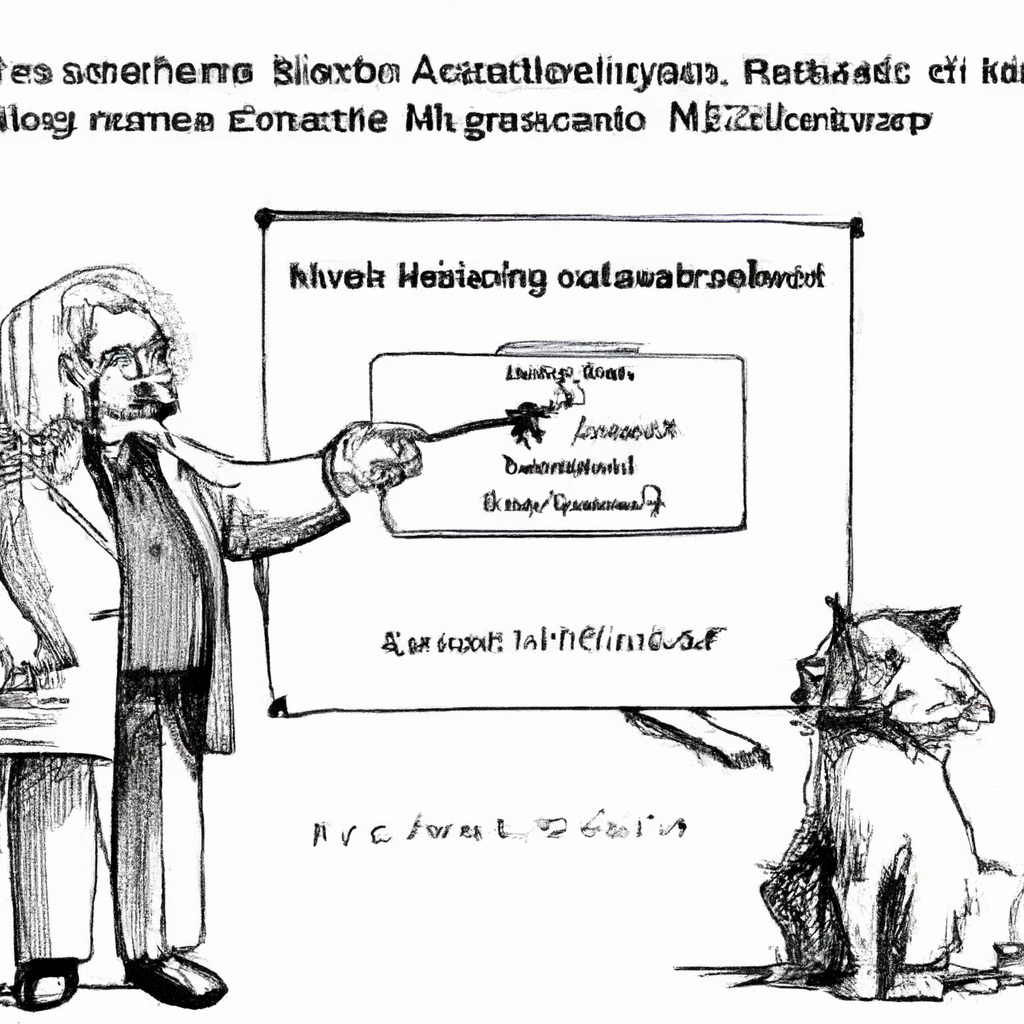
Title: An Essential Guide for Beginners to Artificial Intelligence
Artificial Intelligence (AI) is an exciting and rapidly evolving field. It’s becoming increasingly integral to various industries, from healthcare and education to finance and entertainment. If you’re a beginner in the world of AI, it may seem daunting at first glance with its myriad concepts, tools, languages, algorithms etc., but don’t worry! This guide will help simplify things by breaking down what you need to know as a novice.
Understanding What AI Is
The first step towards learning about AI is understanding what it actually means. In simple terms, artificial intelligence refers to the simulation of human intelligence processes by machines or computer systems. These processes include learning (the acquisition of information and rules), reasoning (using rules to reach approximate conclusions), self-correction/optimization.
Diving into Different Types of AI
There are two broad types of artificial intelligence – narrow or weak AI that specializes in one task such as voice recognition like Siri on your iPhone; strong or general AIs that carry out any intellectual task humans can do such as IBM’s Watson which won Jeopardy!
Exploring Key Concepts & Terminologies
Machine Learning (ML): Machine Learning is an application/subset of artificial intelligence where computers have the ability through algorithms/data inputs learn from experience without being explicitly programmed.
Deep Learning: Deep learning takes machine learning further – it uses neural networks with many layers (‘deep’ structures) thereby enabling even greater automation/self-learning capabilities.
Natural Language Processing(NLP): NLP enables machines understand human language/sentiments/emotions making interactions between people/machines more intuitive/naturalistic e.g., chatbots/customer service bots use this technology extensively.
Getting Hands-on With Programming Languages
Python remains a popular choice due its simplicity/readability while offering powerful libraries/tools useful for ML/AI projects including TensorFlow/Keras/pandas/NumPy/scikit-learn among others.
R also has powerful statistical modeling capabilities and is widely used in academia/research.
Java/C++/JavaScript also find use depending on the specific AI application/project requirements.
How to Start Learning AI
Online Courses: Websites like Coursera, edX, Udacity offer structured courses from top universities/institutions worldwide covering all aspects of artificial intelligence/machine learning/deep learning/data science etc.
Books & Research Papers: For a more in-depth understanding, books such as ‘Artificial Intelligence: A Modern Approach’ by Stuart Russell and Peter Norvig or research papers published online can be invaluable resources.
Working on Projects: Nothing beats hands-on experience. Look for open source projects or competitions (like Kaggle) that you can contribute to/participate in – it’s a great way to learn/practice/improve your skills while solving real-world problems!
Understanding Ethical Implications
As we build machines with increasing cognitive abilities/intelligence, considerations around ethics become paramount. Issues such as privacy/security/bias/transparency/accountability need careful thought/reflection – these are not just technical challenges but societal ones too which anyone venturing into this field should be aware of/respectful towards.
In conclusion,
Stepping into the world of artificial intelligence might seem overwhelming initially given its vast scope/complexity; however remember that every expert was once a beginner! So take one step at time – start by building strong fundamentals then gradually delve deeper exploring various tools/languages/algorithms/applications etc., always keeping an eye on ethical implications/use cases thereby ensuring your journey through this fascinating landscape is both enriching/rewarding!
Artificial Intelligence (AI) is used in the healthcare industry through predictive analytics. AI algorithms are designed to analyze a broad range of data, such as medical records, treatment history and scientific research to predict health outcomes for patients. For instance, these sophisticated algorithms can use patient’s past medical history to predict potential disease risks or recommend preventative measures.
Moreover, AI technology can assist doctors in diagnosing diseases by analyzing scans and tests results with high accuracy rates. It’s also employed in developing personalized treatment plans based on individual health factors.
In addition to direct patient care applications, AI systems help streamline administrative tasks within hospitals and clinics. They automate scheduling processes, billing procedures or inventory management which significantly reduces the workload of staff members and increases efficiency.
Thus Artificial intelligence not only revolutionizes patient care but also enhances operational effectiveness within healthcare settings.
Here’s a Story About Gato Rico
Once upon a time in the affluent alleys of Beverly Hills, there resided an aristocratic feline named Gato Rico. He was no ordinary cat; he was fabulously wealthy and had amassed his fortune through years of smart investing in tuna stocks and savvy rodent real estate deals.
Gato Rico lived in an opulent mansion filled with every conceivable luxury: diamond-studded scratching posts, silk-lined litter boxes, and even a personal sushi chef to prepare his daily meals. But despite all these comforts, something seemed missing from his life – innovation.
One day while lounging on his cashmere cushion watching “Cats & Dogs: The Revenge of Kitty Galore,” inspiration struck him like lightning (or rather like the laser pointer he enjoyed chasing). He would employ artificial intelligence to make life more exciting!
Being rich has its perks – one being instant access to technology’s finest minds. With just one meow into his golden phone (yes, you read that right), he assembled the top engineers from Silicon Valley at Catnip Manor.
The project commenced under Project Purrfect AI – aimed at building state-of-the-art Artificial Intelligence for maintaining perfect order around Catnip Manor while adding some much-needed humor into Gato’s lavish lifestyle.
Months passed by as algorithms were written and rewritten until finally they created CATI – short for ‘Cat Artificial Technological Intelligence’. It was designed not only to manage everything efficiently but also programmed with excellent comedy timing which left everyone rolling over laughing… well almost everyone except our furry friend who simply rolled over showing approval!
CATI offered numerous services such as automated meal preparations customized according to Gato’s mood swings or weather changes! It could predict when it might rain fish so that extra tuna cans could be ordered beforehand or warm milk should be prepared if it sensed grumpiness brewing within Mr.Rico after losing another round of chase-the-laser-pointer.
But the most hilarious part was when CATI started mimicking Gato Rico’s meows and purrs, translating them into human language. Imagine a robotic voice declaring at 3 am in the morning, “The Master demands belly rubs!” or announcing throughout the mansion during dinner parties, “Apologies for interrupting but Mr.Rico needs to cough up a hairball.”
Gato Rico found his life filled with laughter and amusement he never thought possible. His rich cat problems were taken care of efficiently while also providing comedic relief every now and then.
In conclusion: The eccentricities of this wealthy feline may seem bizarre (or fur-tastically funny), but it only goes on to prove that no matter how much wealth you pile up – nothing beats having a good laugh! And thanks to artificial intelligence – even if it’s by listening to your AI assistant announce your litter box schedules!






